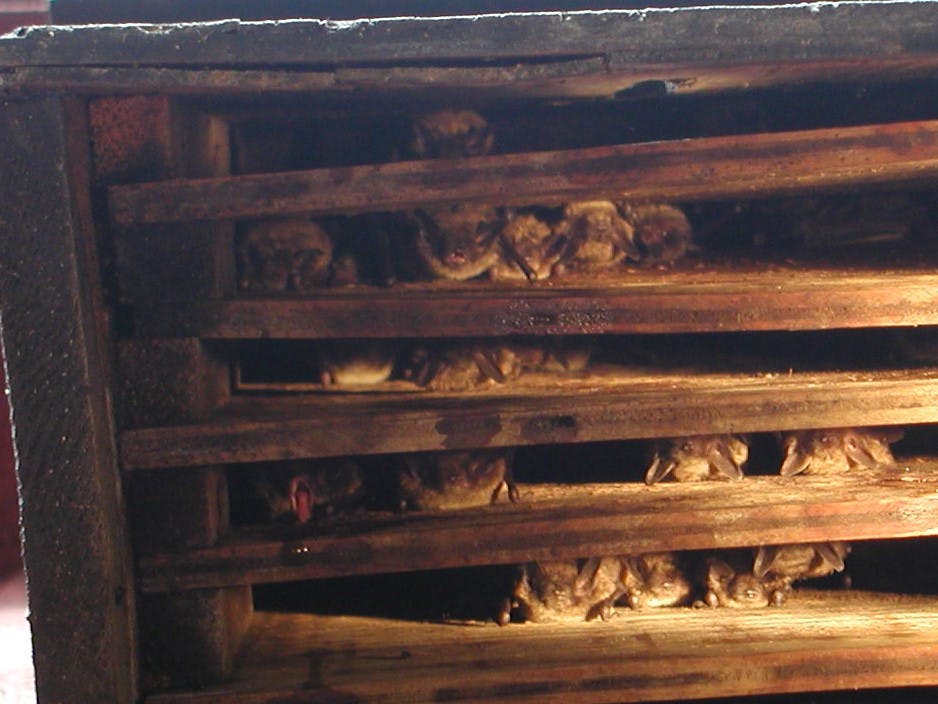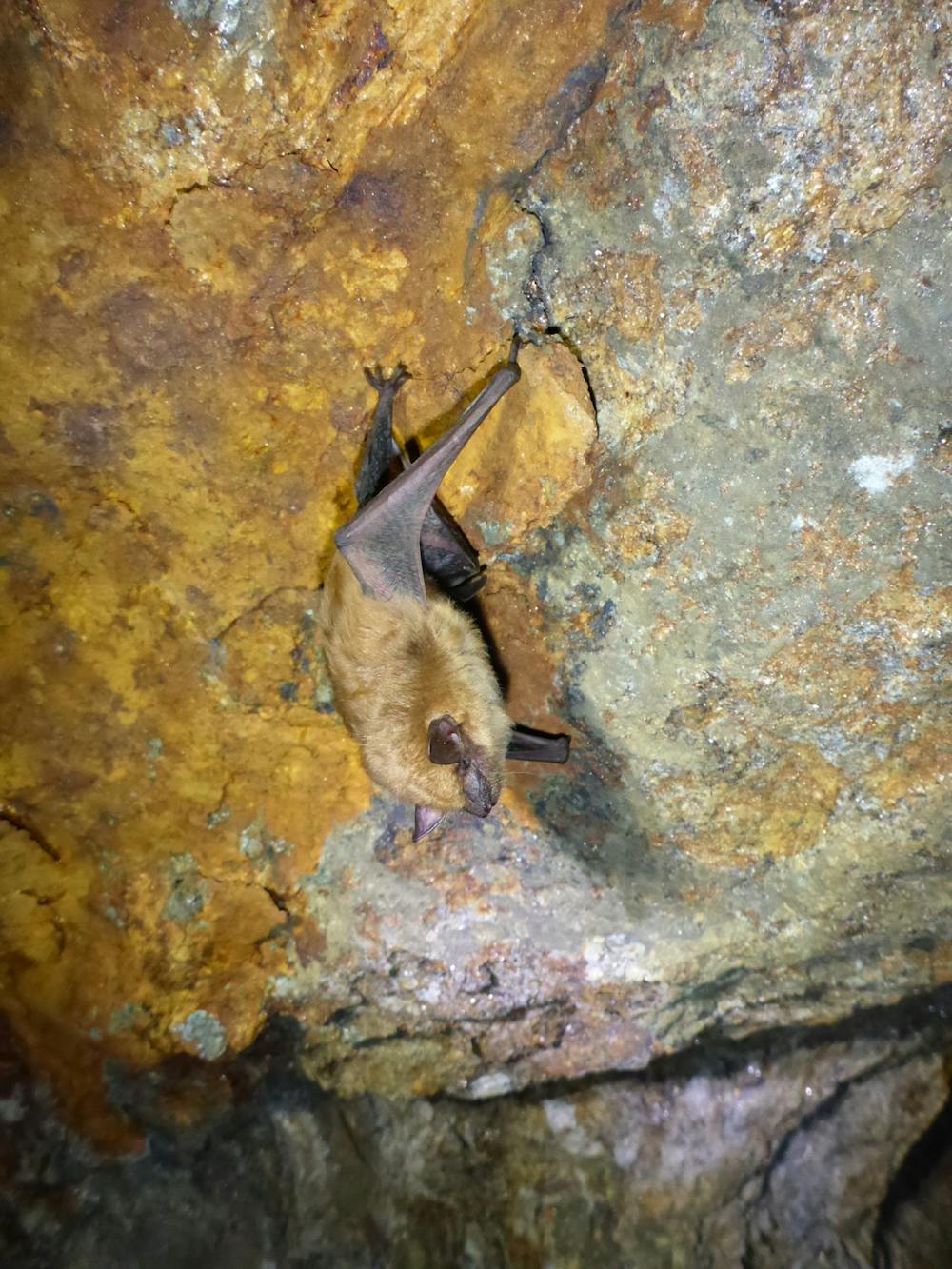Vermont’s bat population, like many across the country, is in trouble. For over a decade, a fungal disease called White-nose syndrome (WNS) has devastated bat populations nationwide. The disease has spread from the east to west coast in both the U.S. and Canada, killing 90% or more of certain bat species, according to Alyssa Bennett, a small mammal biologist with the Vermont Department of Fish and Wildlife.
“Our understanding is that we likely, as humans, transported this fungus from underground sites in Europe over to underground sites here in the Northeast and West, and we accidentally introduced something that our native bat species had never seen before,” Bennett said.
Bats play a crucial role in maintaining ecological balance by providing essential services to ecosystems across the country, including consumption of disease-carrying pests that pose significant dangers to humans such as mosquitoes.
“They are the primary forager on the night flying insects,” Bennett said. “If you think about those types of insects giving rise to corn boring worms, which are really a detriment to agriculture, and then you also have bats eating caterpillar moths, or the forest caterpillar moth, which is damaging to trees and to forest health.”
Some insects eaten by bats are not threats to humans, but rather their vegetables: Bennett explained that cucumber beetles that are eaten by these hungry mammals can pose a threat to people’s gardens. In broader terms, the recovery of bat populations is crucial to Vermont’s ecological health, according to Bennett.
The town of Middlebury and the surrounding areas boast one of the healthiest and most prolific bat populations in the state. Both Little Brown and Big Brown bats are found in the region, thanks to the warm valleys and varied landscapes that offer abundant natural habitats well-suited to raising their young, according to Bennett.
“You have a mix of agriculture and forested area,” Bennett said, referring to the local area. “All of those elements, combined with a lot of structures that have things like slate roofs, which bats like to roost under, and then people have put up bat houses, and all of that has combined to what seems like a really great mix of habitats.”
Bennett also outlined various solutions that can help bats rebound from their significant population decline in recent years, including bat houses, small wooden structures where bats can dwell instead of living invasively someone’s house or in limited natural environments. They are especially helpful for female bats who need a safe place to raise their offspring.
“If people have bats that are in an attic and want to get them out, a bat house can be a good alternative for them, and we find that really successful on buildings, and also on poles, but never put them on trees, they just don’t seem to do well on trees,” Bennett said.
She added that bats usually opt to live in underground caves or mines in the winter, and that landowners should be aware that bats could be hibernating on their property.
Given that bats are found both in the town and on campus, it is especially important to be mindful of their cohabitation with humans.
“You are living pretty close to a lot of these animals that are providing a big ecosystem service, and yet there are very few, ever encountered. So give bats their space, they will give you your space, and we can work together really well,” Bennett said.





